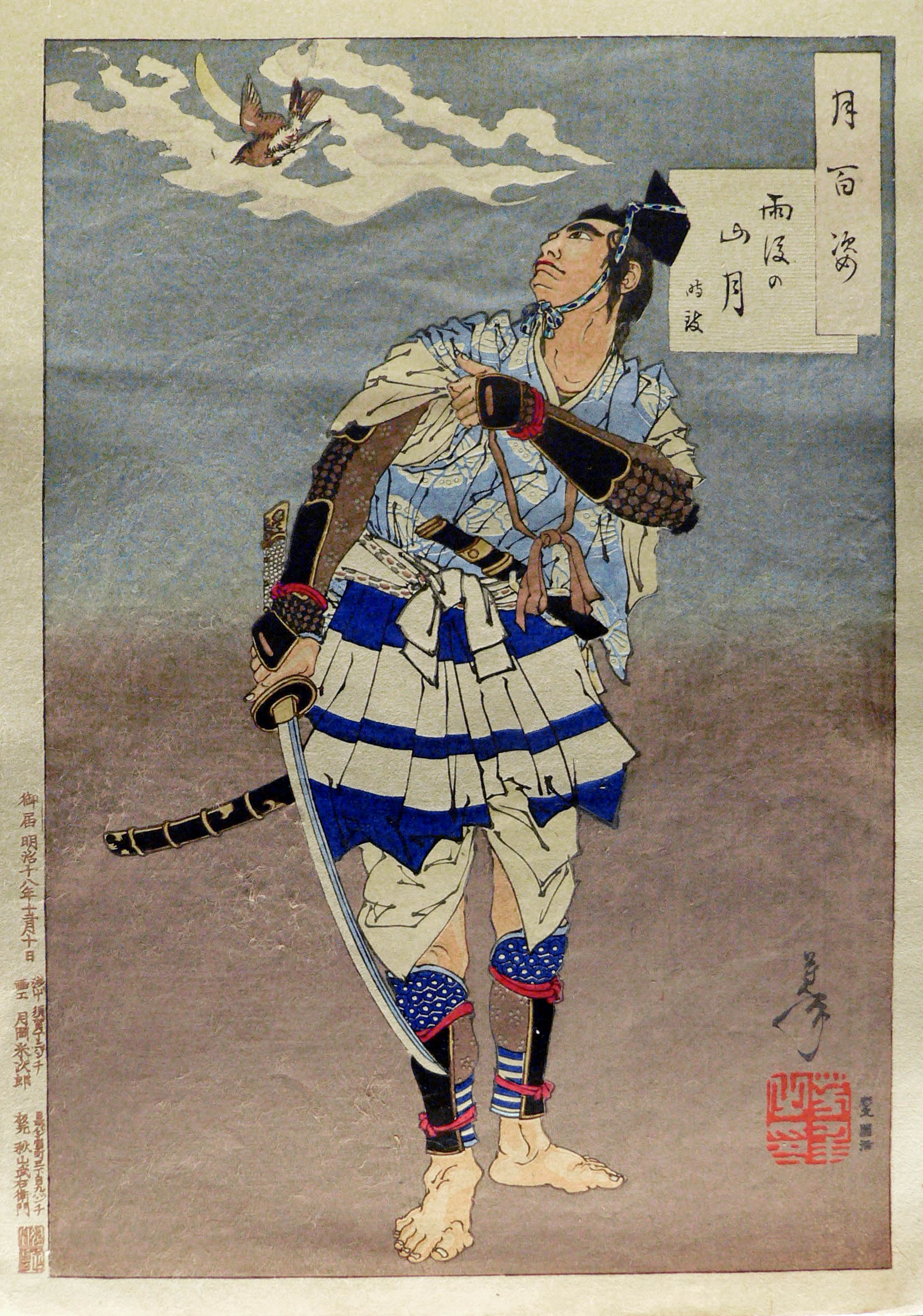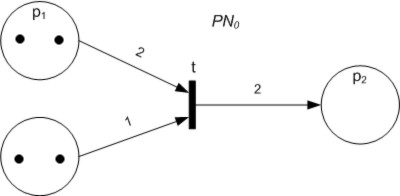|
Applied Category Theory
Applied category theory is an academic discipline in which methods from category theory are used to study other fields including but not limited to computer science, physics (in particular quantum mechanics), natural language processing, control theory, probability theory and causality. The application of category theory in these domains can take different forms. In some cases the formalization of the domain into the language of category theory is the goal, the idea here being that this would elucidate the important structure and properties of the domain. In other cases the formalization is used to leverage the power of abstraction in order to prove new results about the field. List of applied category theorists * Samson Abramsky * John C. Baez * Bob Coecke * Joachim Lambek * Valeria de Paiva * Gordon Plotkin * Dana Scott * David Spivak See also * Categorical quantum mechanics * ZX-calculus * DisCoCat * Petri net * Univalent foundations * String diagrams External links ... [...More Info...] [...Related Items...] OR: [Wikipedia] [Google] [Baidu] |
Discipline (academia)
Discipline refers to rule following behavior, to regulate, order, control and authority. It may also refer to punishment. Discipline is used to create habits, routines, and automatic mechanisms such as blind obedience. It may be inflicted on others or on oneself. Self discipline refers to the practice of self restraint, controlling one's emotions, and ignoring impulses. History Disciplinarians have been involved in many societies throughout history. The Victorian era resulted in the popular use of disciplinarian governance over children. Edward VIII had a disciplinarian father, and the English had modeled the royal families during this era. Edward's grandmother was Queen Victoria who had championed the role of the family unit during her reign. Disciplinarians will enforce a stricter set of rules that are aimed at developing children according to theories of order and discipline. Disciplinarians have also been linked to child abuse in numerous cases and biographies. Self-disci ... [...More Info...] [...Related Items...] OR: [Wikipedia] [Google] [Baidu] |
Gordon Plotkin
Gordon David Plotkin, (born 9 September 1946) is a theoretical computer scientist in the School of Informatics at the University of Edinburgh. Plotkin is probably best known for his introduction of structural operational semantics (SOS) and his work on denotational semantics. In particular, his notes on ''A Structural Approach to Operational Semantics'' were very influential. He has contributed to many other areas of computer science. Education Plotkin was educated at the University of Glasgow and the University of Edinburgh, gaining his Bachelor of Science degree in 1967 and PhD in 1972 supervised by Rod Burstall. Career and research Plotkin has remained at Edinburgh, and was, with Burstall and Robin Milner, a co-founder of the Laboratory for Foundations of Computer Science (LFCS). His former doctoral students include Luca Cardelli, Philippa Gardner, Doug Gurr, Eugenio Moggi, and Lǐ Wèi. Awards and honours Plotkin was elected a Fellow of the Royal Society (FRS) in ... [...More Info...] [...Related Items...] OR: [Wikipedia] [Google] [Baidu] |
String Diagrams
String diagrams are a formal graphical language for representing morphisms in monoidal categories, or more generally 2-cells in 2-categories. They are a prominent tool in applied category theory. When interpreted in the monoidal category of vector spaces and linear maps with the tensor product, string diagrams are called tensor networks or Penrose graphical notation. This has led to the development of categorical quantum mechanics where the axioms of quantum theory are expressed in the language of monoidal categories. History Günter Hotz gave the first mathematical definition of string diagrams in order to formalise electronic circuits, but the article remained confidential because of the absence of an English translation. The invention of string diagrams is usually credited to Roger Penrose with Feynman diagrams also described as a precursor. They were later characterised as the arrows of free monoidal categories in a seminal article by André Joyal and Ross Street. While the ... [...More Info...] [...Related Items...] OR: [Wikipedia] [Google] [Baidu] |
Python (programming Language)
Python is a high-level, general-purpose programming language. Its design philosophy emphasizes code readability with the use of significant indentation. Python is dynamically-typed and garbage-collected. It supports multiple programming paradigms, including structured (particularly procedural), object-oriented and functional programming. It is often described as a "batteries included" language due to its comprehensive standard library. Guido van Rossum began working on Python in the late 1980s as a successor to the ABC programming language and first released it in 1991 as Python 0.9.0. Python 2.0 was released in 2000 and introduced new features such as list comprehensions, cycle-detecting garbage collection, reference counting, and Unicode support. Python 3.0, released in 2008, was a major revision that is not completely backward-compatible with earlier versions. Python 2 was discontinued with version 2.7.18 in 2020. Python consistently ran ... [...More Info...] [...Related Items...] OR: [Wikipedia] [Google] [Baidu] |
Tallinn University Of Technology
Established in 1918, Tallinn University of Technology (TalTech; et, Tallinna Tehnikaülikool) is the only technical university in Estonia. TalTech, in the capital city of Tallinn, is a university for engineering, business, public administration and maritime affairs. TalTech has colleges in Tartu and Kohtla-Järve. Despite the similar names, Tallinn University and Tallinn University of Technology are separate institutions. History In the early twentieth century, Estonia recognised an urgent need for locally trained engineering specialists. Until then, young people from Estonia had received their specialist education in St. Petersburg, Germany or Riga. Opportunities had to be sought for engineering-minded people to acquire an Estonian-based education which was adapted to local conditions and needs; Estonia was in the process of establishing itself as an independent country. On 17 September 1918, the Estonian Engineering Society opened an Estonian-based engineering school ... [...More Info...] [...Related Items...] OR: [Wikipedia] [Google] [Baidu] |
University Of Oxford
The University of Oxford is a collegiate research university in Oxford, England. There is evidence of teaching as early as 1096, making it the oldest university in the English-speaking world and the world's second-oldest university in continuous operation. It grew rapidly from 1167 when Henry II banned English students from attending the University of Paris. After disputes between students and Oxford townsfolk in 1209, some academics fled north-east to Cambridge where they established what became the University of Cambridge. The two English ancient universities share many common features and are jointly referred to as ''Oxbridge''. Both are ranked among the most prestigious universities in the world. The university is made up of thirty-nine semi-autonomous constituent colleges, five permanent private halls, and a range of academic departments which are organised into four divisions. All the colleges are self-governing institutions within the university, each controlling ... [...More Info...] [...Related Items...] OR: [Wikipedia] [Google] [Baidu] |
String Diagram
String diagrams are a formal graphical language for representing morphisms in monoidal categories, or more generally 2-cells in 2-categories. They are a prominent tool in applied category theory. When interpreted in the monoidal category of vector spaces and linear maps with the tensor product, string diagrams are called tensor networks or Penrose graphical notation. This has led to the development of categorical quantum mechanics where the axioms of quantum theory are expressed in the language of monoidal categories. History Günter Hotz gave the first mathematical definition of string diagrams in order to formalise electronic circuits, but the article remained confidential because of the absence of an English translation. The invention of string diagrams is usually credited to Roger Penrose with Feynman diagrams also described as a precursor. They were later characterised as the arrows of free monoidal categories in a seminal article by André Joyal and Ross Street. Wh ... [...More Info...] [...Related Items...] OR: [Wikipedia] [Google] [Baidu] |
Univalent Foundations
Univalent foundations are an approach to the foundations of mathematics in which mathematical structures are built out of objects called ''types''. Types in univalent foundations do not correspond exactly to anything in set-theoretic foundations, but they may be thought of as spaces, with equal types corresponding to homotopy equivalent spaces and with equal elements of a type corresponding to points of a space connected by a path. Univalent foundations are inspired both by the old Platonic ideas of Hermann Grassmann and Georg Cantor and by " categorical" mathematics in the style of Alexander Grothendieck. Univalent foundations depart from the use of classical predicate logic as the underlying formal deduction system, replacing it, at the moment, with a version of Martin-Löf type theory. The development of univalent foundations is closely related to the development of homotopy type theory. Univalent foundations are compatible with structuralism, if an appropriate (i.e., c ... [...More Info...] [...Related Items...] OR: [Wikipedia] [Google] [Baidu] |
Petri Net
A Petri net, also known as a place/transition (PT) net, is one of several mathematical modeling languages for the description of distributed systems. It is a class of discrete event dynamic system. A Petri net is a directed bipartite graph that has two types of elements, places and transitions. Place elements are depicted as white circles and transition elements are depicted as rectangles. A place can contain any number of tokens, depicted as black circles. A transition is enabled if all places connected to it as inputs contain at least one token. Some sources state that Petri nets were invented in August 1939 by Carl Adam Petri—at the age of 13—for the purpose of describing chemical processes. Like industry standards such as UML activity diagrams, Business Process Model and Notation, and event-driven process chains, Petri nets offer a graphical notation for stepwise processes that include choice, iteration, and concurrent execution. Unlike these standards, Petri nets ... [...More Info...] [...Related Items...] OR: [Wikipedia] [Google] [Baidu] |
DisCoCat
DisCoCat (Categorical Compositional Distributional) is a mathematical framework for natural language processing which uses category theory to unify distributional semantics with the principle of compositionality. The grammatical derivations in a categorial grammar (usually a pregroup grammar) are interpreted as linear maps acting on the tensor product of word vectors to produce the meaning of a sentence or a piece of text. String diagrams are used to visualise information flow and reason about natural language semantics. History The framework was first introduced by Bob Coecke, Mehrnoosh Sadrzadeh, and Stephen Clark as an application of categorical quantum mechanics to natural language processing. It started with the observation that pregroup grammars and quantum processes shared a common mathematical structure: they both form a rigid category (also known as a non-symmetric compact closed category). As such, they both benefit from a graphical calculus, which allows a purely dia ... [...More Info...] [...Related Items...] OR: [Wikipedia] [Google] [Baidu] |
ZX-calculus
The ZX-calculus is a rigorous graphical language for reasoning about linear maps between qubits, which are represented as string diagrams called ''ZX-diagrams''. A ZX-diagram consists of a set of generators called ''spiders'' that represent specific tensors. These are connected together to form a tensor network similar to Penrose graphical notation. Due to the symmetries of the spiders and the properties of the underlying category, topologically deforming a ZX-diagram (i.e. moving the generators without changing their connections) does not affect the linear map it represents. In addition to the equalities between ZX-diagrams that are generated by topological deformations, the calculus also has a set of graphical rewrite rules for transforming diagrams into one another. The ZX-calculus is ''universal'' in the sense that any linear map between qubits can be represented as a diagram, and different sets of graphical rewrite rules are complete for different families of linear maps. Z ... [...More Info...] [...Related Items...] OR: [Wikipedia] [Google] [Baidu] |
David Spivak
David Isaac Spivak is an American mathematician and senior scientist at the Topos Institute. He has worked on applications of category theory, in particular ologs and operadic compositionality of dynamical systems. He authored and coauthored the introductory texts on category theory and its applications, ''Category Theory for the Sciences'' and ''An Invitation to Applied Category Theory''. Early life and education Spivak received his PhD in mathematics from UC Berkeley in 2007 under the supervision of Peter Teichner and Jacob Lurie. His thesis was on derived manifolds, Spivak worked as a postdoc at the University of Oregon and Massachusetts Institute of Technology. Work Spivak and Robert Kent developed a human-readable categorical system of knowledge representation called ologs. These were applied, in a series of collaborations with the materials scientist Markus Buehler, to different problems in that materials science. Ologs have been also used by researchers at NIST. ... [...More Info...] [...Related Items...] OR: [Wikipedia] [Google] [Baidu] |




